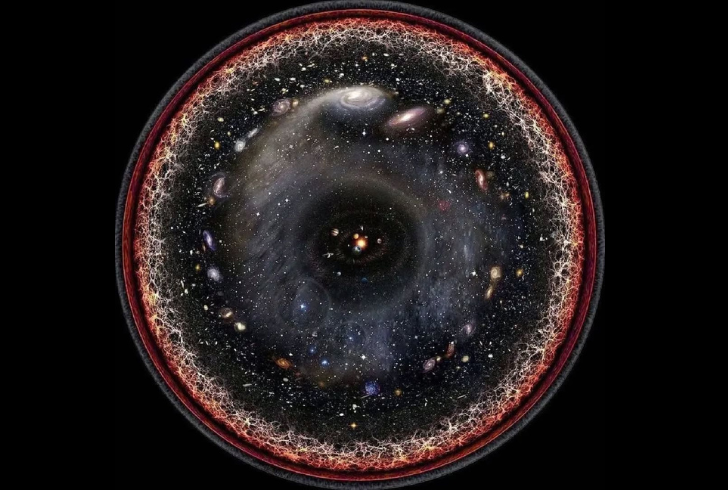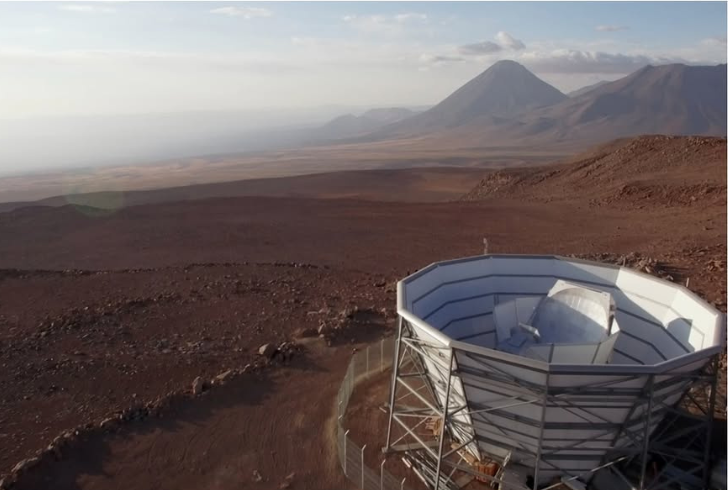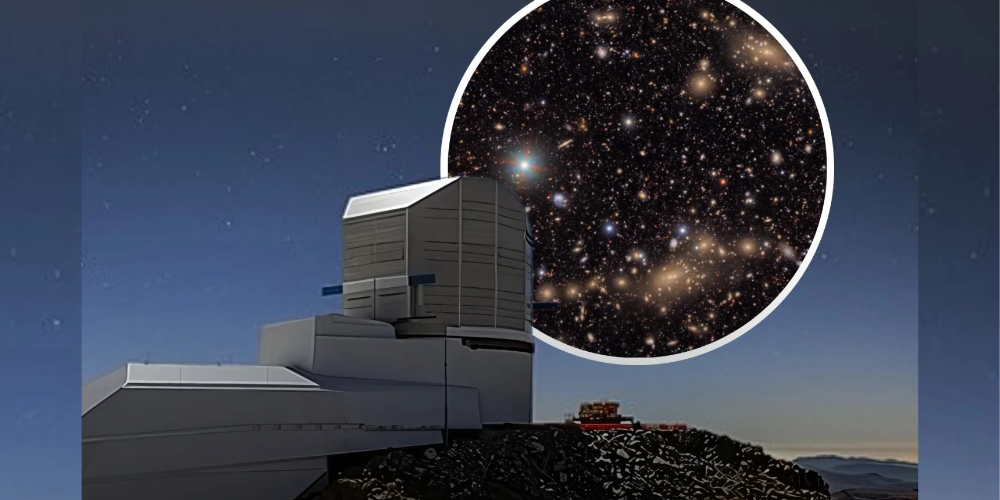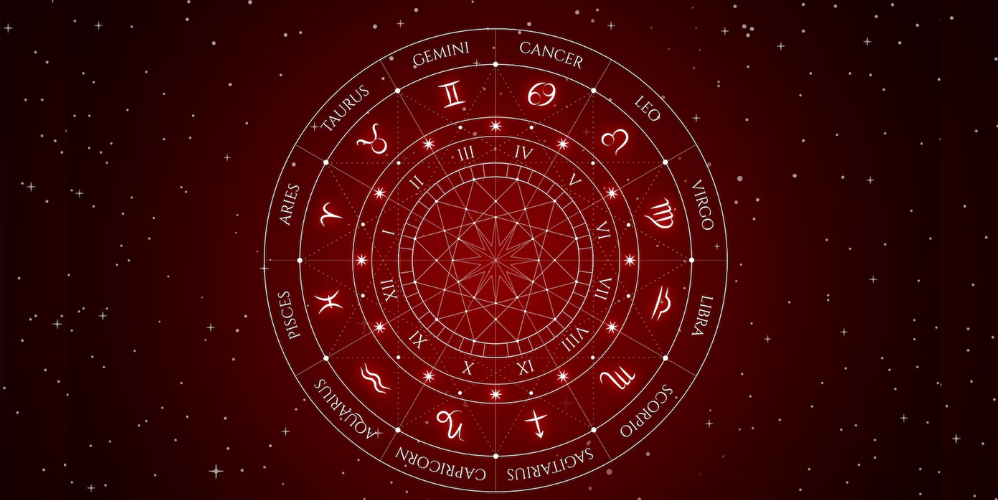There’s something magnetic about Sagittarius. This zodiac sign, active from November 22 to December 21, carries a spark that feels instantly recognizable—bold, curious, and constantly on the move. Sagittarius blends passion, intensity, and flexibility in a way that sets them apart. Their symbol, the archer, reflects a spirit that shoots toward distant horizons, eager to uncover meaning in places many people would skip. From remote rivers to historic sites filled with forgotten stories, Sagittarius pursues knowledge with an energy that rarely slows down. The Core Nature of Sagittarius Sagittarius is the final fire sign, and its traits burn with motion and curiosity. This sign is mutable, which explains its constant pull toward change and exploration. Freedom...
In his newest deep-space image, astrophotographer Greg Meyer turns the cosmos into a canvas. His subject — a nebula shaped like a furious baboon — has been dubbed the Rampaging Baboon Nebula. Streams of gas and dust weave through the frame, glowing in hues that give the scene a startling sense of movement. The photograph spotlights the complex beauty and creative chaos that define our galaxy’s stellar nurseries. A Nebula Like No Other The nebula lies about 500 light-years away in the constellation Corona Australis. Its shape suggests the face of a mandrill, with molecular dust sculpting the mouth and facial contours. The bright blue eyes are created by reflection nebulas that scatter starlight, adding a...
Mars has always been a planet of mystery, but fresh research suggests the Red Planet hides something far more unusual beneath its surface. Instead of a neatly layered interior, scientists have discovered that Mars’ mantle may be filled with giant chunks of rock left over from its violent early years. This finding reshapes the way experts view the inner structure of the planet and offers a rare glimpse into conditions dating back more than 4 billion years. Mars’ Messy Interior When most people think about the inside of a planet, the picture is often a series of tidy layers stacked one on top of another, like a clean geological cake. Mars, however, refuses to fit that...
Lightning might seem like a sudden burst from the sky, but the science behind it runs deep—and recent research has added an electrifying twist. Scientists have long known that thunderstorms build electrical charges until they discharge in brilliant flashes of lightning. What’s new is the evidence pointing to an unexpected trigger: cosmic rays. Researchers at Los Alamos National Laboratory have uncovered clues that suggest lightning may actually start with particles from outer space, opening a fresh angle on this natural phenomenon. A Shift in Understanding Thunderclouds have always been the stage for lightning. Traditional understanding says it begins when opposite charges build up in a storm—positive at the top, negative at the bottom. Once the difference...
The Vera C. Rubin Observatory has officially raised the bar for what “big data” means in astronomy. After releasing its first batch of cosmic images, the observatory isn't just capturing the night sky—it's creating one of the most extensive visual datasets humanity has ever seen. Powered by the world’s largest digital camera, the images are so detailed and expansive that processing them requires not just high-speed networks, but a whole digital ecosystem: seven international data brokers, three massive data centers, and a uniquely named management system called the Data Butler. The Scale of Rubin’s Cosmic Images What makes Rubin Observatory's contribution truly staggering is the sheer volume and precision of the data it collects. Once it...
In a groundbreaking observation, astronomers have captured an extraordinary moment in the cosmos—a high-speed, high-stakes confrontation between two galaxies over 11 billion light-years away. This isn’t just any merger. It’s a rare, aggressive event where one galaxy is striking the other with intense quasar radiation, dramatically changing its ability to form new stars. This unprecedented sighting is now offering a deeper look into how galaxies interact, evolve, and sometimes collide with devastating consequences. The "Cosmic Joust"—When Galaxies Collide Researchers used the combined power of ALMA and the Very Large Telescope (VLT) in Chile to observe two galaxies locked in what they describe as a “cosmic joust.” The term goes beyond metaphor—it reflects the actual movement. These...
A ‘CT Scan’ of Space Reveals Surprising Cosmic Structures
Scientists have used a powerful combination of astronomical data to create a “cosmic CT scan” of the universe. This scan has allowed researchers to track how matter has evolved over billions of years. Surprisingly, their findings show that the universe is less clumpy than expected, challenging current models.
The study combined data from two major sources:
1. The Atacama Cosmology Telescope (ACT), which captures ancient cosmic light.
2. The Dark Energy Spectroscopic Instrument (DESI), which maps the structure of modern galaxies.
By layering these data sets, researchers created a detailed timeline of the universe’s evolution.
Mapping the Universe’s Evolution

Instagram | astronomy_eye | Scientists study how gravity shapes the universe over time and uncover new insights.
Scientists have long studied how gravity shapes cosmic structures. This new research provides a clearer picture of how matter has shifted over time. Mathew Madhavacheril from the University of Pennsylvania compared the process to a “cosmic CT scan.” He explained, “We can now track how matter clumped together over billions of years and see how gravity influenced the universe’s development.”
The Role of Ancient Light in This Study
To understand the universe’s past, researchers focused on the Cosmic Microwave Background (CMB)—a type of radiation that has existed since the Big Bang. Notably, Joshua Kim, a graduate researcher in the study, described the CMB as “the universe’s baby picture.” The Atacama Cosmology Telescope captured this radiation, revealing how gravity shaped the cosmos over 13.8 billion years.
Interestingly, this ancient light formed when the universe cooled enough for electrons and protons to combine into hydrogen atoms. Before this, free electrons scattered photons, making the universe opaque. Once neutral atoms formed, light could finally travel freely, creating the CMB we see today.
How Gravity Warps Light Over Time
As light from the CMB moves through space, it encounters massive structures like galaxies and galaxy clusters. These objects warp the light’s path, a phenomenon known as gravitational lensing.
Albert Einstein predicted this effect in his theory of general relativity. By analyzing how the CMB’s light bends and stretches, scientists can reconstruct the universe’s matter distribution over billions of years.
A Surprising Discovery – A Smoother Universe

Instagram | desisurvey | DESI and the Atacama Cosmology Telescope collaboration reveal a smoother universe than scientists expected.
The Atacama Cosmology Telescope provided a snapshot of the early universe, while DESI offered a more recent look by mapping millions of galaxies. Kim explained, “DESI’s data shows how galaxies are distributed at various distances, giving us a more recent picture of the universe.”
However, when researchers combined the datasets, they found something unexpected – the universe appeared smoother than predicted. This result suggests that the growth of cosmic structures may have slowed in ways current models don’t fully explain. While the discrepancy is small, it raises questions about whether new physics could be at play.
What This Means for Cosmology
The findings mostly align with Einstein’s theory of general relativity. However, Madhavacheril noted a small deviation in expected clumpiness around four billion years ago. He stated, “This could be an important clue, and further research is needed to explore it.”
Scientists plan to investigate this anomaly with upcoming telescopes, which will offer even more precise measurements.
Future Exploration of the Universe
This study marks a significant step forward in understanding how the universe has evolved. As researchers refine their methods, they may uncover even deeper cosmic mysteries. Meanwhile, with new telescopes on the horizon, astronomers hope to confirm whether this unexpected discovery signals new physics or simply a gap in our current understanding.
Every new observation brings us closer to answering some of the biggest questions about space and time. Ultimately, the next discoveries could completely reshape our view of the cosmos.













